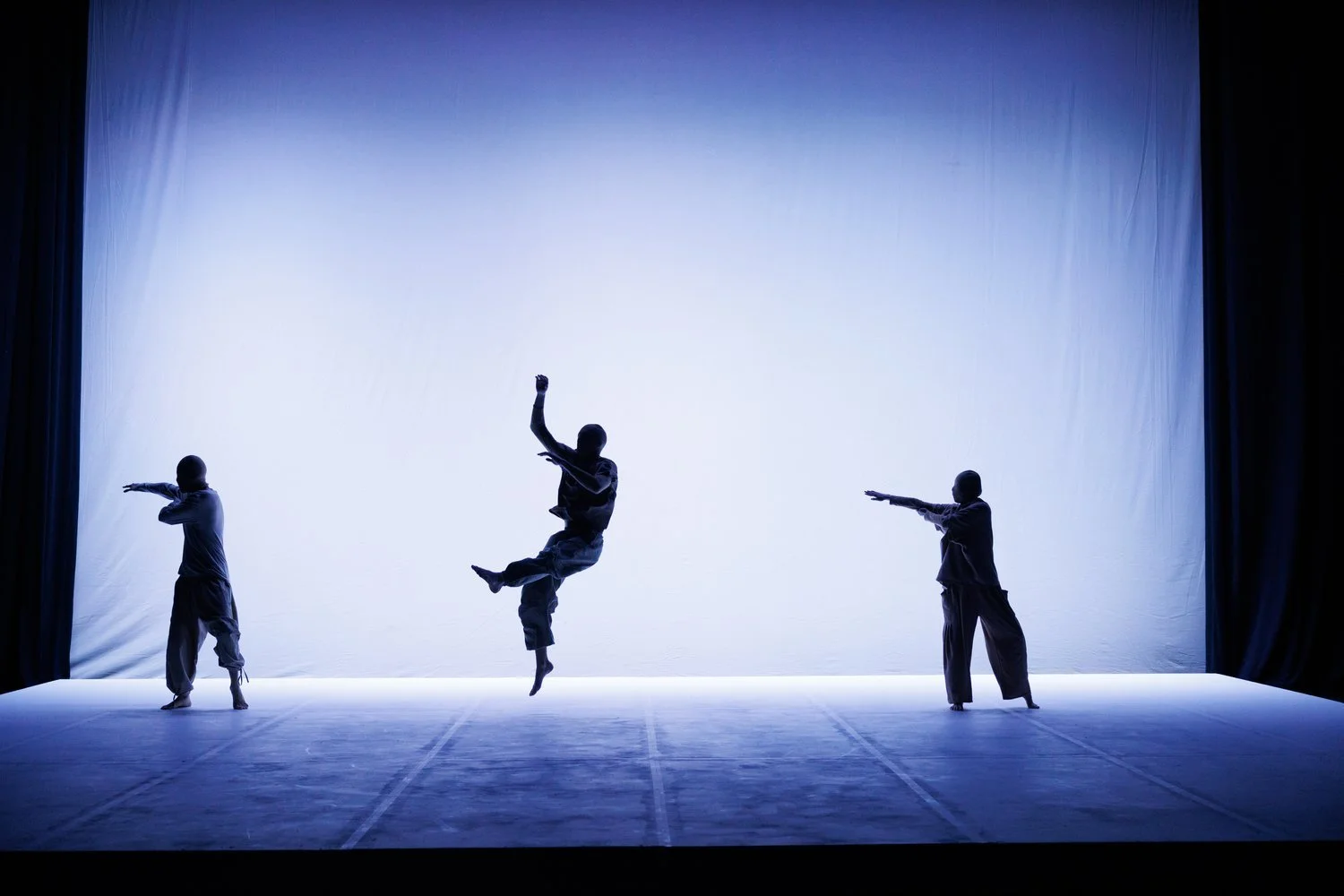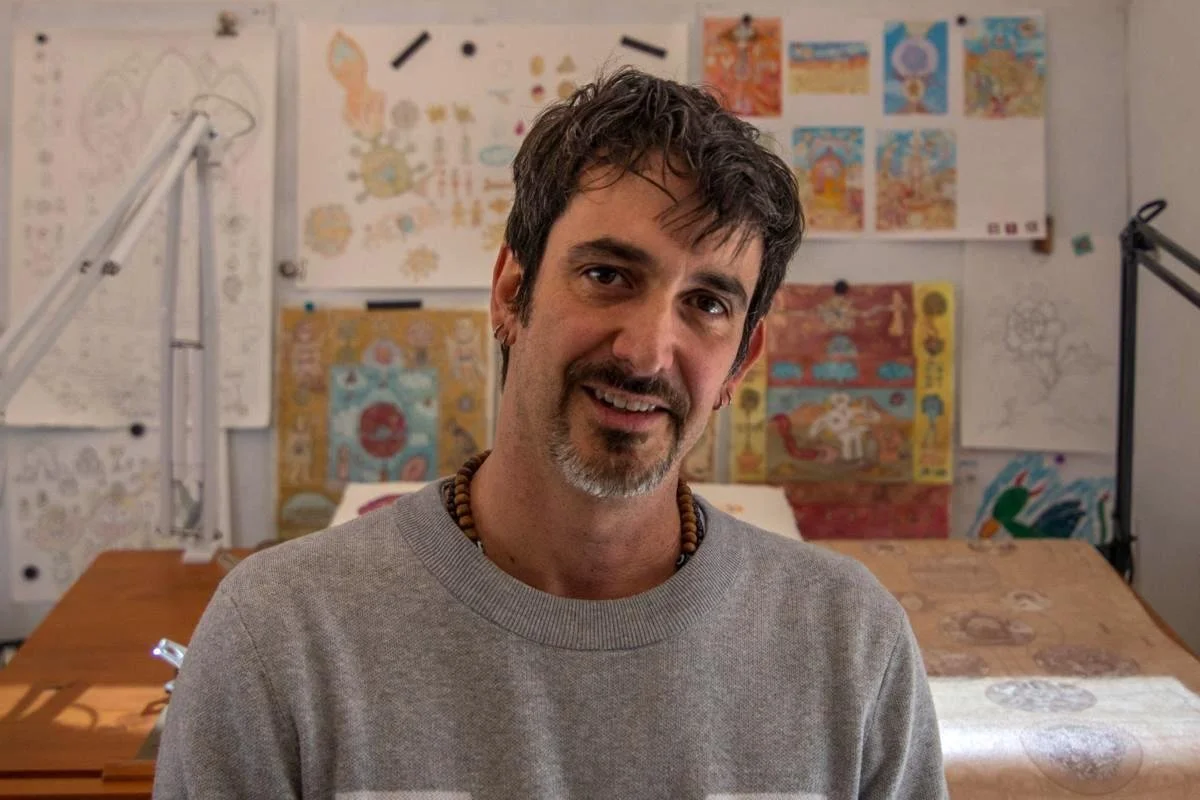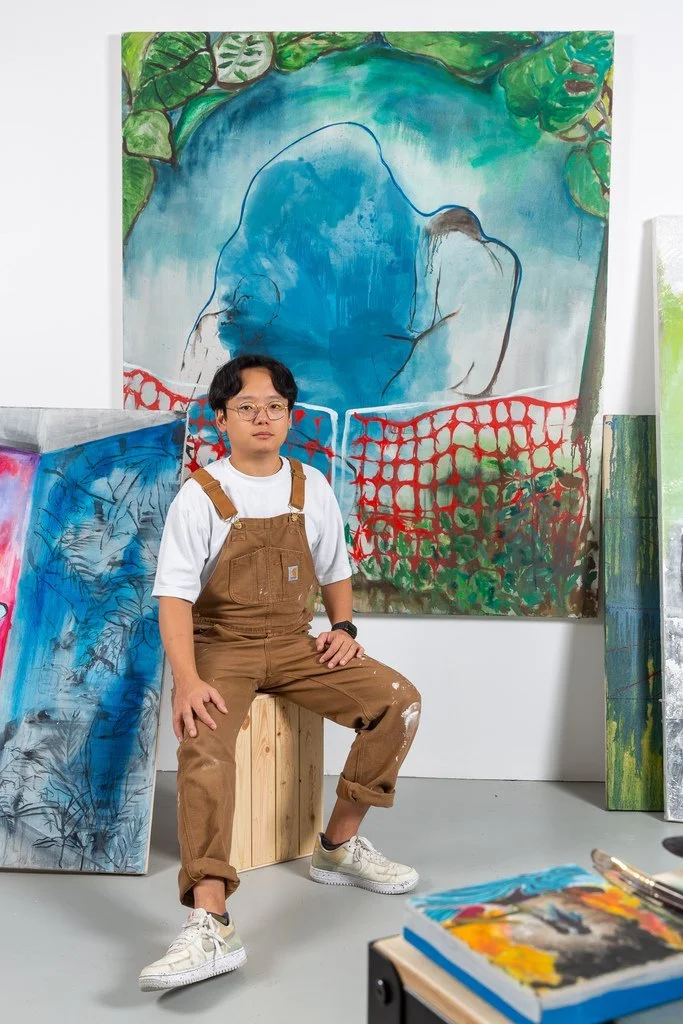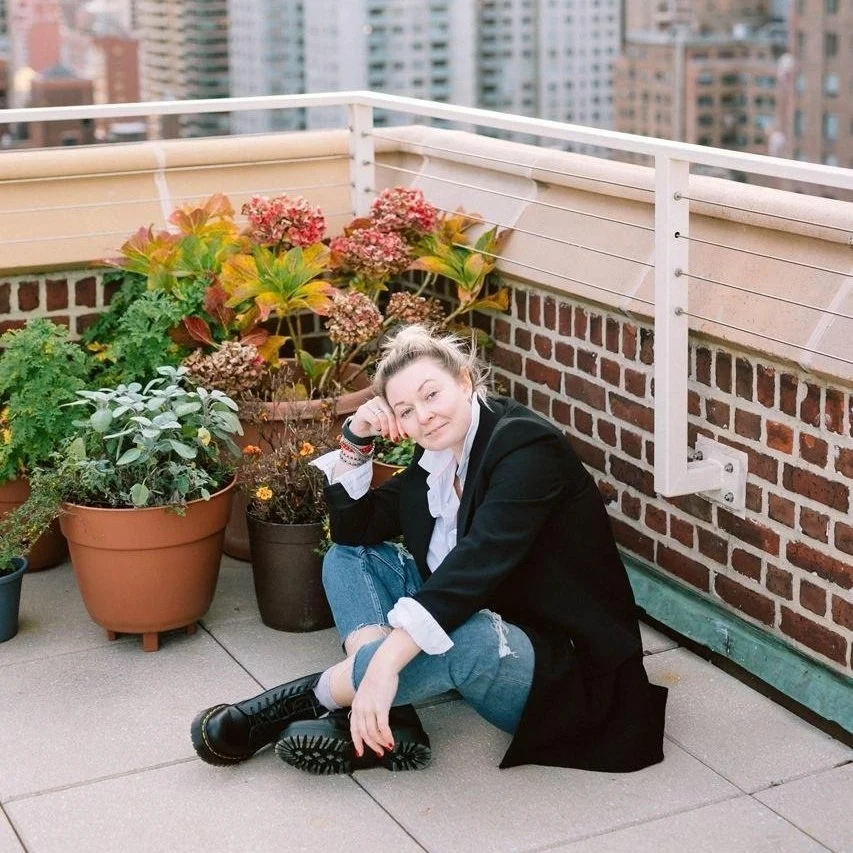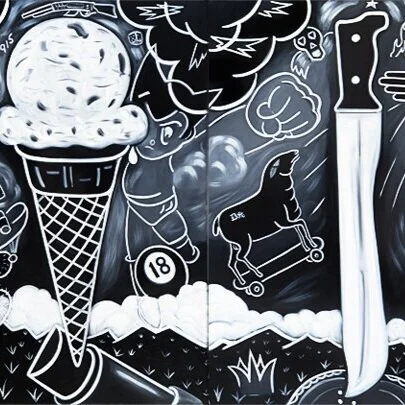INTERVIEW | Yuliia Chaika
Yuliia Chaika was born in Kyiv, Ukraine, and as an artist, she fully found herself and her style in Spain. In most of her works, the main theme is devoted to women. Through the female image, she expresses her emotions and concerns, offering a personal lens through which she views the world. She draws inspiration from the folk art of Ukraine.





